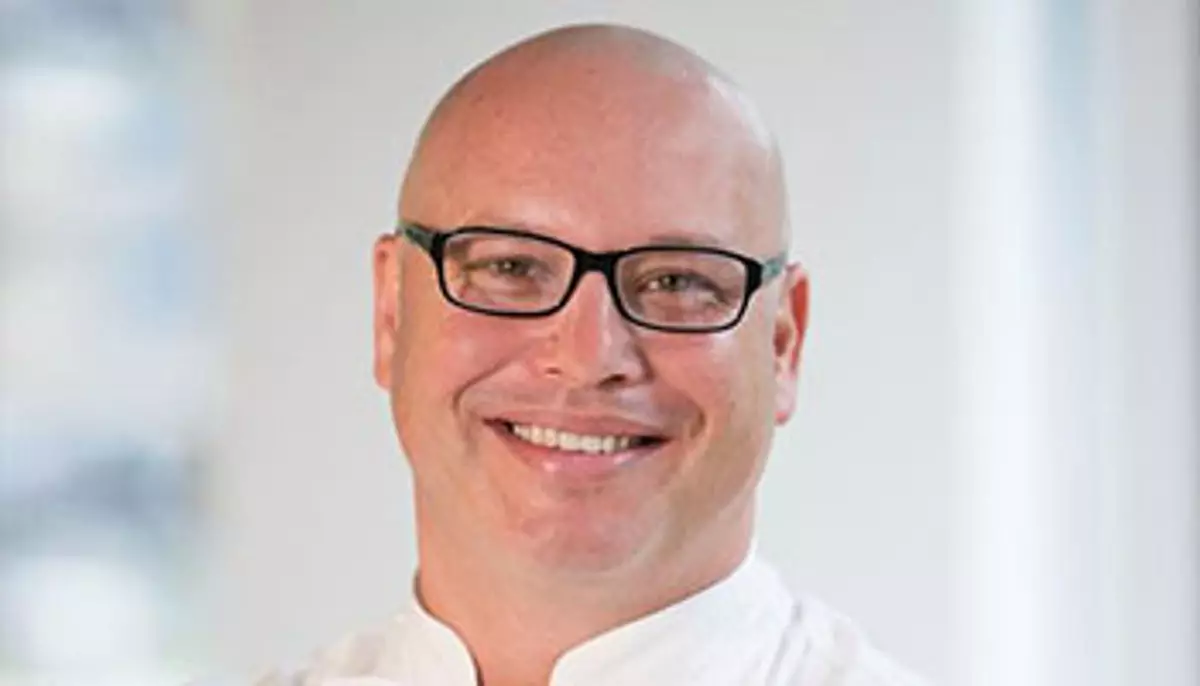The culinary world is a dynamic space where trends ebb and flow like the tides. As we look towards 2025, notable innovations are emerging, bridging the gap between traditional flavors and modern culinary experiences. Chef Stephen Toevs, the senior director of culinary at Marriott International, has his finger on the pulse of these evolving trends. In a recent conversation with news editor Johanna Jainchill, Toevs shared intriguing insights into what culinary enthusiasts can expect, what is fading from the spotlight, and some timeless classics that endure.
Identifying culinary trends involves a blend of observation, experience, and intuition. Chef Toevs highlighted how his extensive travels and interactions with fellow chefs around the globe allow him to discern shifts in the culinary landscape. He explained that when a particular style or ingredient emerges across various locations frequently, it signals a potential trend. This keen awareness is essential for any culinary expert seeking to stay relevant and innovative. The essence of trend identification lies in connecting cultural dots, understanding regional appetites, and anticipating what diners will seek next as they navigate their culinary adventures.
Among the most surprising culinary trends Toevs mentioned is the concept of dry-aged vegetables. While dry-aging meat and fish has become relatively common, the idea of applying this technique to vegetables seems almost revolutionary. The chef pointed out that high-end establishments, such as the Ritz-Carlton Half Moon Bay, are leading the charge by incorporating dry-aged persimmons into their dishes. This development is particularly exciting as it allows for a concentration of umami flavors that elevate the dining experience. Dry-aged mushrooms, for instance, emerge as a potential game-changer, enhancing dishes with a depth of flavor previously unexplored in plant-based cuisine.
Creating Experiences: Sensory Immersion in Dining
Another fascinating trend is the concept of sensory immersion within dining experiences. Toevs explained that as the events and meetings sector evolves, planners are increasingly searching for creative alternatives to traditional banquet experiences. Hotels are experimenting with atmosphere-altering techniques, such as projecting immersive imagery that harmonizes with meal presentations or enhancing aromas by burning herbs or incense. By deliberately dimming lighting to enhance focus on flavor, chefs can create a multi-dimensional eating context that transcends mere sustenance. Sensory immersion not only caters to a diner’s palate but also stimulates their other senses, making meals memorable.
One theme that resonates particularly well with Toevs is “newstalgia,” an emerging trend that revisits and reinterprets classic dishes. This cyclical return to “old is new again” allows chefs to blend nostalgia with modern techniques or flavors. For example, the traditional baked Alaska is being reinvented with a contemporary twist—think molten chocolate cake at its center or flambé presentations at the table. Social media platforms, notably TikTok, play a pivotal role in this resurgence, as food enthusiasts share their creative takes on age-old recipes. The fluid exchange of ideas fosters an environment where chefs can innovate while keeping the familiar comforts at heart.
In discussing trends on the declining end, Toevs outlined several culinary phenomena that seem to be losing momentum. Among these is the widespread incorporation of CBD—once hailed as a revolutionary ingredient, its novelty is yielding to a preference for verified natural components. Additionally, while plant-based protein alternatives once dominated the spotlight, diners are increasingly gravitating towards whole, recognizable plant ingredients like legumes, quinoa, and mushrooms. This pivot is indicative of a broader movement towards clean, uncomplicated food. Similarly, overly complicated molecular gastronomy techniques are being overshadowed by a desire for authentic, ingredient-driven cooking—fueling the demand for classic dishes like the ever-popular Caesar salad that remain enduring favorites, especially among travelers seeking solace in the familiar.
The culinary world is in a constant state of evolution, where innovation meets tradition, and creativity leads the way. As we inch closer to 2025, chefs like Stephen Toevs are at the forefront, championing exciting trends such as dry-aged vegetables and sensory immersion while also acknowledging the enduring appeal of classic dishes. By understanding these dynamics, culinary professionals can better cater to evolving tastes while simultaneously ensuring that the comforts of food remain a staple in our dining experiences.


Leave a Reply